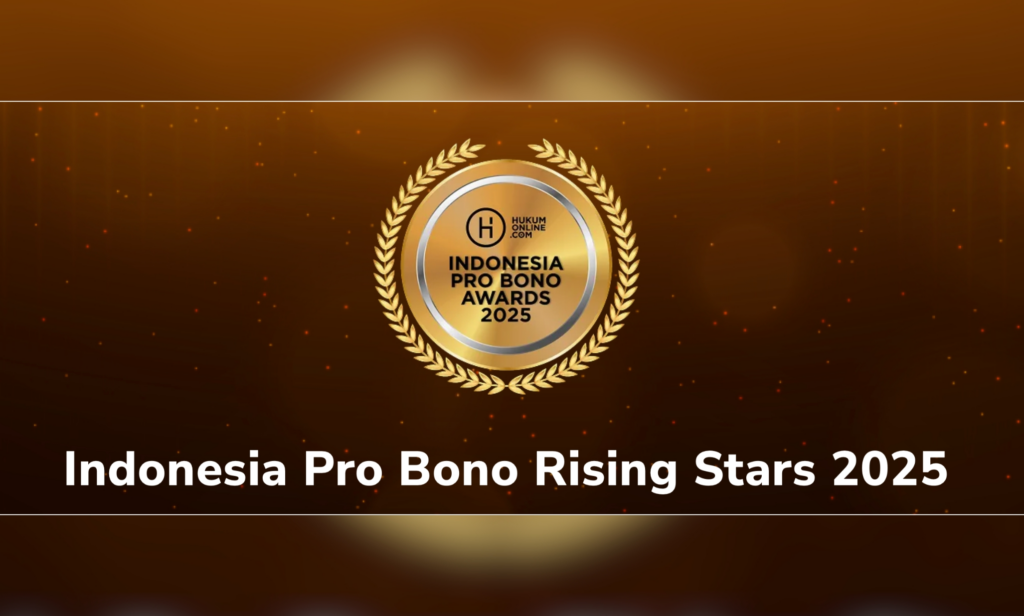24 November 2021
If in the previous article the history of Plant Variety Protection has been discussed , this time we will discuss the requirements and period of protection. But we need to understand first that based on Article 1 point 3 of Law Number 29 of 2000 concerning Protection of Plant Varieties (PVP Law), plant variety is a group of plants of a type or species characterized by plant shape, plant growth, leaves, flowers, fruit, seeds, and expression of genotype characteristics or combinations of genotypes that can differentiate from the same type or species by at least one defining trait and when propagated there is no change.
Meanwhile, Plant Variety Protection, hereinafter abbreviated as PVP, according to Article 1 point 1 of the PVP Law, is a special protection provided by the state, which in this case is represented by the Government and its implementation is carried out by the Plant Variety Protection Office, for plant varieties produced by plant breeders through activities plant breeding. PVP rights holders are breeders or individuals or legal entities, or other parties who further receive PVP rights from previous PVP rights holders.
Protection of plant varieties is also included in one of the Intellectual Property (KI). However, unlike Patents, Copyrights, Industrial Designs, Layout Designs of Integrated Circuits and Trade Secrets which are submitted to the Directorate General of Intellectual Property, PVP applications are submitted to the Center for Plant Variety Protection and Agricultural Licensing under the Indonesian Ministry of Agriculture.
Terms of Plant Variety Protection
According to Article 2 paragraph (1) of the PVP Law, it is stated that the varieties that can be given PVP include varieties of new, unique, uniform, stable, and named plant species. This requirement is often abbreviated as BUSS, namely:
- New: Not yet known by the public
- Unique: Distinguishable with existing varieties
- Uniform: Has an outward appearance of uniform
- Stable: Planted anywhere according to agroecological recommendations will have the same characteristics
In addition, Varieties must also be named. The naming of varieties is carried out by the PVP rights applicant and registered at the PVP Office. Naming should not cause confusion to the characteristics of varieties. Then, the name of the variety can also be registered as a trademark by the owner.
All types/species of plant breeding results, both generatively and vegetatively can be protected by PVP. However, the PVP Law also provides exceptions for plant varieties that cannot be protected by PVP, namely:
- Varieties whose use is contrary to applicable laws and regulations, public order, morality, religious norms, health, and environmental sustainability (Article 3 of the PVP Law). Example: Cannabis, a genetically modified variety that contains animal genes that are prohibited by religion.
- Varieties with the same characteristics (difficult to distinguish) with varieties that have received PVP.
- Varieties that already exist and are cultivated for generations by farmers, and belong to the community (local varieties) (Article 7 of the PVP Law).
- Bacteria, bacteroids, microplasms, viruses, viroids and bacteriophages.
Plant Variety Protection Period
The period of PVP protection is divided into 2, for annual plants (life cycle less than 1 year) the protection period is 20 years calculated from the date of granting PVP rights. As for perennial plants, the protection period is 25 years from the date of granting PVP rights. However, from the date of submission of a complete PVP rights application is received by the PVP Office until the certificate is granted, the applicant will receive temporary protection, so that the applicant gets protection for the use of the plant variety during the registration process.






